Where to start
Before buying your first fish, prepare the aquarium. A new aquarium is not just a tank of water, but a future living ecosystem. For the water to remain clean and safe, a colony of beneficial bacteria must develop that processes toxic waste (ammonia and nitrites). This process is called "cycling" or "maturing" the aquarium, and it takes between 2 to 4 weeks. Turn on the filter and aeration, add substrate and live plants – they will help the bacteria establish more quickly. Only after this can you gradually introduce inhabitants, 2–3 fish per week. Otherwise, even the hardiest species may not survive the toxic environment and could perish, leaving you disappointed at the very start of your journey.
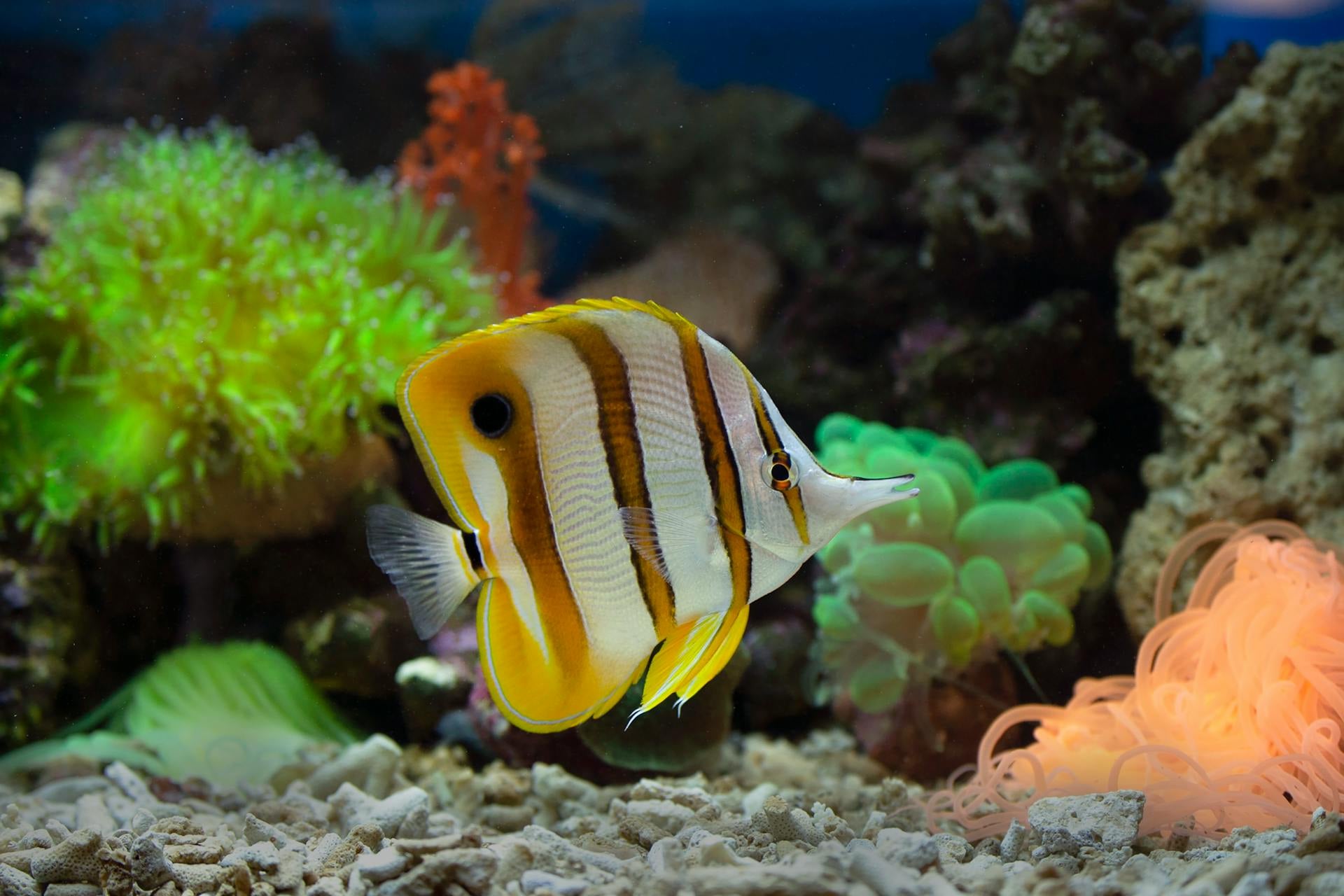
The size of the aquarium is important; a good volume is 20–30 liters for the first fish. In a small aquarium, the water quality declines rapidly, and the fish will feel confined. It's better to have one suitable aquarium than three "jars."

Start with hardy species: guppies, neon tetras, danios, or swordtails. They do not require perfect water conditions, thrive in groups, and delight the eye with their vibrant colors and active behavior. With them, you can easily learn the basics of care—without stress or losses. However, it’s best to leave goldfish, angelfish, and other ‘fussy’ beauties for later: they need space, a stable environment, and an experienced hand. Give yourself a chance to fall in love with aquaristics—start with those who will forgive minor mistakes.
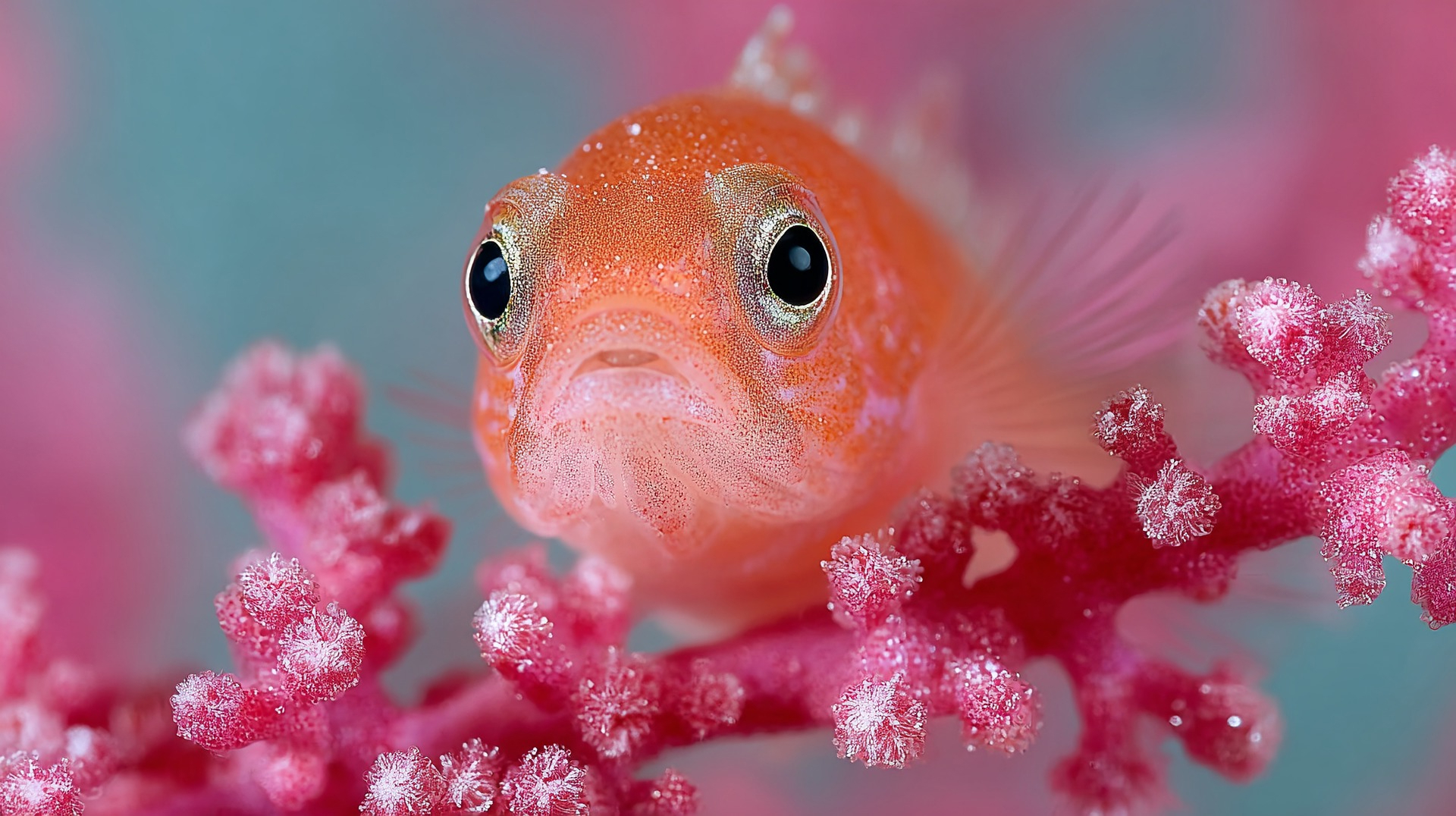
Caring for an aquarium is not a chore; it’s an observation of a living world. Fish don’t bark or scratch the furniture, but they bring peace and beauty. The key is to start right: with preparation and the right choice of fish. Within a month, you will take pride in your underwater corner.
Gallery
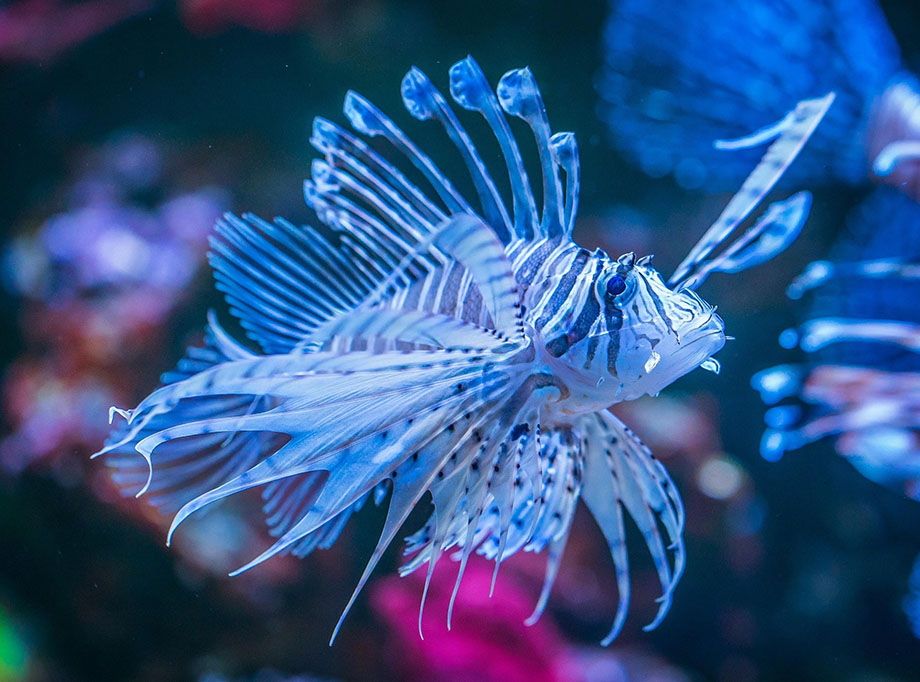

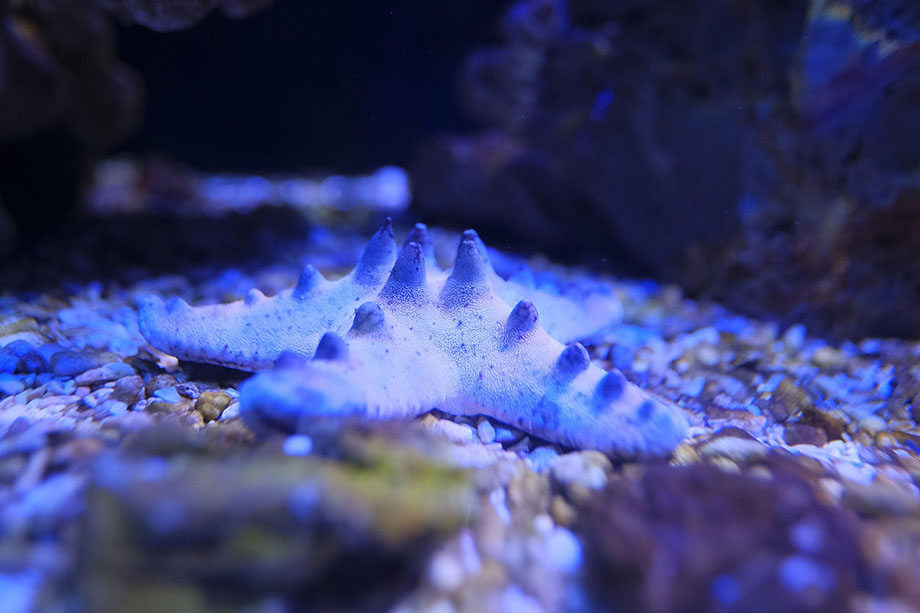
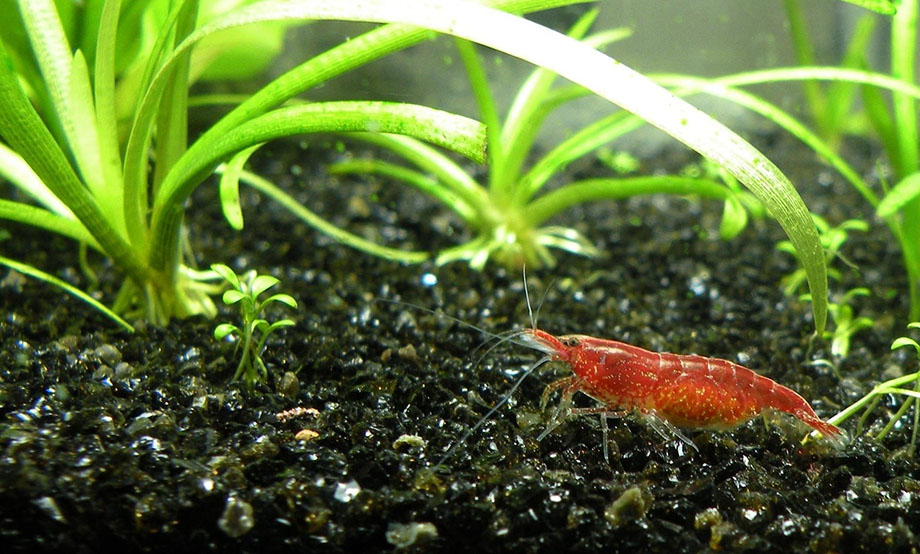

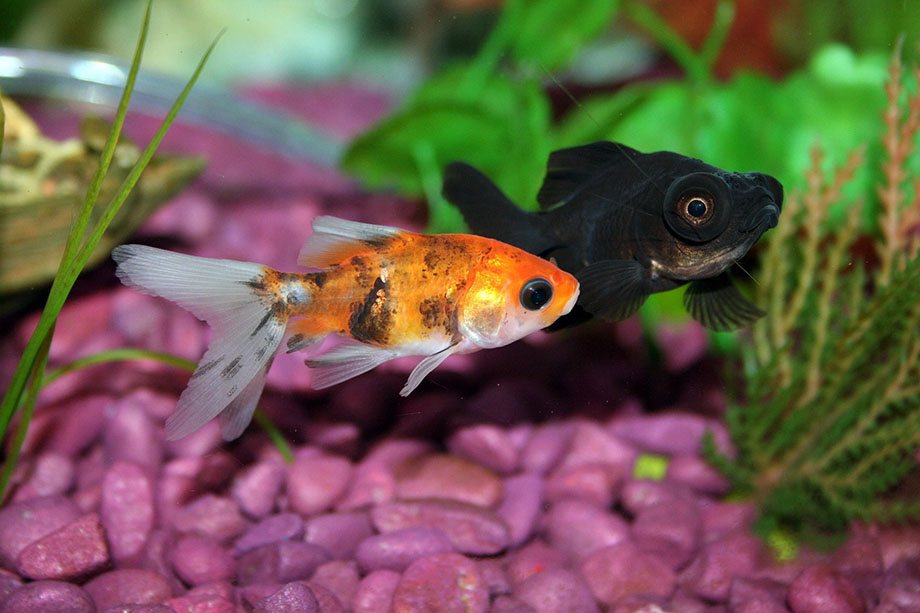
Types of Fish
Fish are not just inhabitants of an aquarium. They bring movement, rhythm, and character. Choose not only by color but also by temperament: some prefer schools, some enjoy solitude, while others will be vibrant soloists. The main thing is that they feel good together.
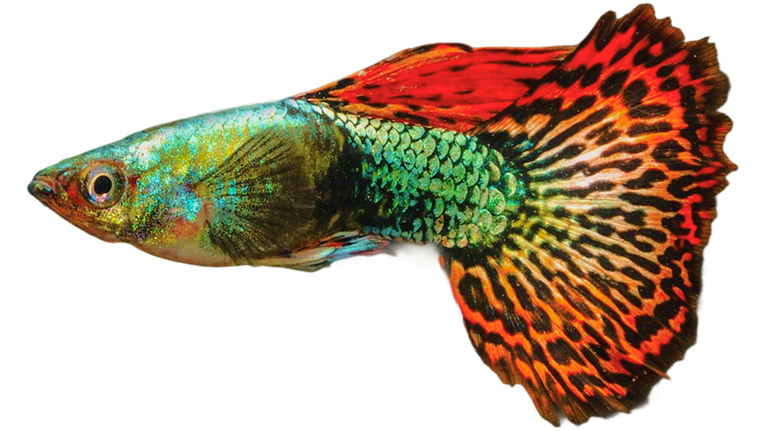
Small, bright, and cheerful. Perfect for beginners: low-maintenance, easy to breed, and thrive in groups. Keep a school of them, and your aquarium will burst with color.
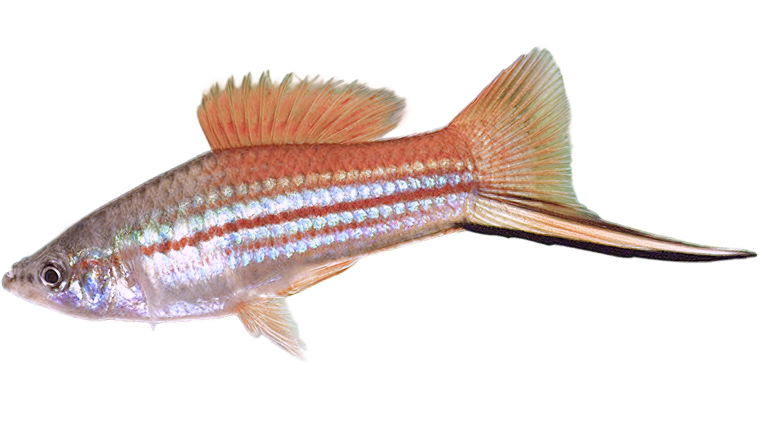
Elegant and expressive. Males with a "sword" on their tail are true aristocrats. They are undemanding, active, but require space and plants for cover.
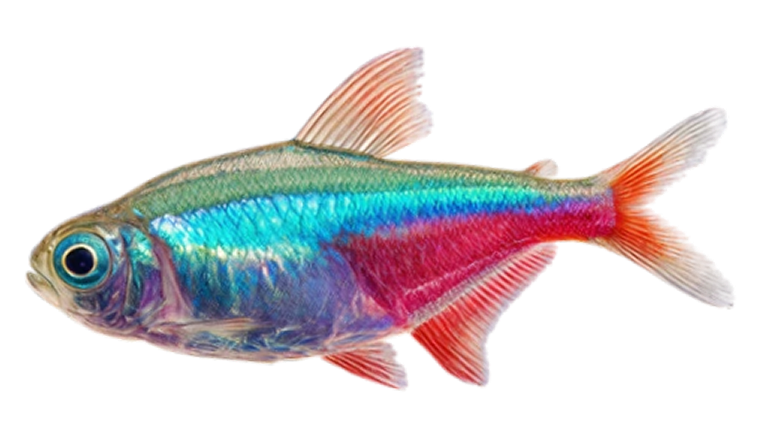
Like sparks in dark water. These tiny fish swim in schools, creating a mesmerizing effect. They prefer clean, slightly cool water and a calm environment.

Energy in every scale. Active, resilient, they love open spaces. They are excellent for the upper layers of water and coexist beautifully with other peaceful species.
Aquarium Selection
Fish can jump out, water can evaporate, and dust can get inside. A lid with a hatch solves all of this and provides a place for a light fixture. Don't skimp on it, even if an 'open' aquarium looks more impressive.
Avoid spheres, bottles, and narrow flasks. Fish need space to swim, and you need easy access for maintenance. The best choice is a classic rectangle. Simple, functional, and truly beautiful.
A small aquarium is not 'easier,' but harder to maintain. The water deteriorates quickly, parameters fluctuate, and the fish feel cramped.
An aquarium is not a decoration, but a living system. Place it: Away from sunlight and heaters, on a flat, sturdy surface, where you will often look at it—because that's the point.
A good aquarium is stable: the water stays clean for weeks, the fish feel free, and maintenance takes minimal time. This result comes not from magic, but from thoughtful decisions at the start: sufficient volume, the right shape, quality glass, a reliable lid, and a suitable location in the home. Don't chase after a "cute mini-aquarium" — choose something that can thrive. Because true beauty begins not with visuals, but with balance.
Frequently Asked Questions
Where should I start - with the aquarium or the fish?
Start with the aquarium - and not just with it, but with the preparation. A new aquarium needs to be "cycled": turn on the filter, add substrate and plants, and let the water stabilize. Only after 2 to 4 weeks, when beneficial bacteria appear in the water, can you introduce the first fish. Otherwise, even the hardiest species will find themselves in a toxic environment.
Do I need a large aquarium?
The minimum is 5 to 8 gallons. In a small volume, the water deteriorates quickly, parameters fluctuate, and the fish are uncomfortable. It's better to have one stable aquarium than three "tanks." Volume is not a luxury, but the foundation of stability.
What fish should I choose at the beginning?
Choose species that can tolerate slight water fluctuations and thrive in groups: guppies, neon tetras, danios, swordtails. They are active, beautiful, and require minimal care. Larger or more sensitive fish (goldfish, angelfish, discus) are better left for later - they need more space and experience.
Do I need live plants?
Not necessary, but highly desirable. They absorb harmful substances, release oxygen, provide shelter for the fish, and make the aquarium lively. Even a couple of hardy species (like Java moss or elodea) can greatly support the ecosystem.
Why does the water become cloudy or green?
Most often due to overfeeding, excess light, or an immature biosystem. This is normal in the first weeks. Don't change all the water - it will worsen the situation. Instead: reduce feeding, dim the light, check the filter. Nature will balance itself if given time.
Can I keep an aquarium if I have little time?
Yes - provided you start correctly. A stable aquarium requires minimal maintenance: replacing 10-20% of the water weekly, monitoring feeding, cleaning the glass. The key is not to skimp on preparation. A well-established aquarium can almost take care of itself.

